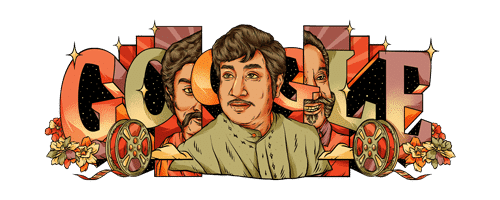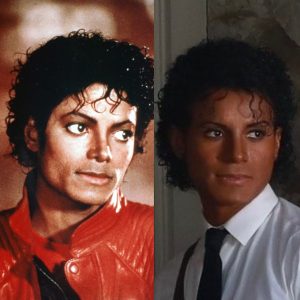Google honoured
late actor and producer Sivaji Ganesan by posting a doodle on his 93rd
birthday, today. The doodle was illustrated by Bangalore, India-based guest
artist Noopur Rajesh Choksi.
Sivaji Ganesan
was born on this day in 1928 in Villupuram, Tamil Nadu, India. He left home at
the age of seven to join a theatrical troupe, where he began by performing kid
and female parts before moving on to major roles. Ganesan earned a reputation
for himself–literally–in December 1945 when he performed a dramatic depiction
of 17th-century Indian King Shivaji.
Also Read: Google celebrates 23rd birthday with a smiling chocolate cake doodle
He made his film
debut in the 1952 picture “Parasakthi,” the first of more than 300
films over an almost five-decade career in the industry. Ganesan rose to
worldwide prominence because to his expressive voice and varied performances in
Tamil-language films. The trendsetting 1961 film “Pasamalar,” an
emotive family drama regarded as one of Tamil cinema’s finest accomplishments,
and the 1964 film “Navarthri,” Ganesan’s 100th film in which he
portrayed a record-breaking nine distinct parts, are among his best-known
blockbusters.
Also Read: Google Doodle honours Michiyo Tsujimura, the master of green tea
Other notable
honours followed at the conclusion of his career. Chevalier of the National
Order of the Legion of Honour, France’s highest honour, was bestowed upon him
in 1995. He was felicitated with the Dadasaheb Phalke Accolade by the Indian
government in 1997.
Nooper mentioned
her inspiration behind the doodle, in a statement on the search engine. She
said, “You can tell that he (Sivaji Ganesan) loved immersing himself into the
narrative of the characters he portrayed on screen, so I really wanted to
represent his artistic range through the Doodle.”
Also Read: Superman on screen and beyond: Google Doodle honours Christopher Reeve
“I also drew inspiration from vintage Indian film posters for the
treatment and typography. I was inspired by the nostalgia and the timelessness
of his work, and my aim was to visualize that complex celebratory emotion in
the best possible way.”






